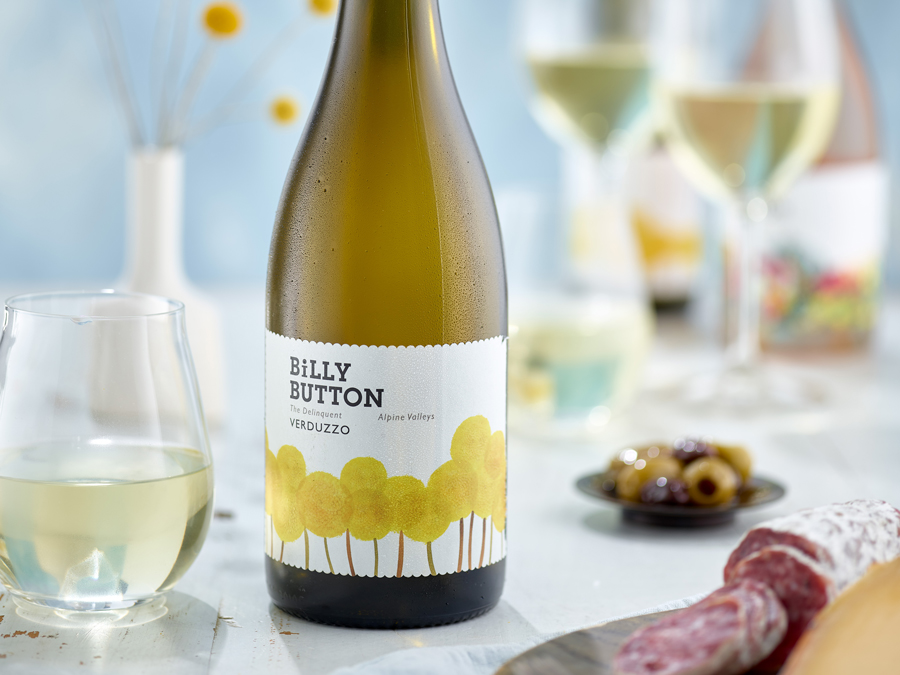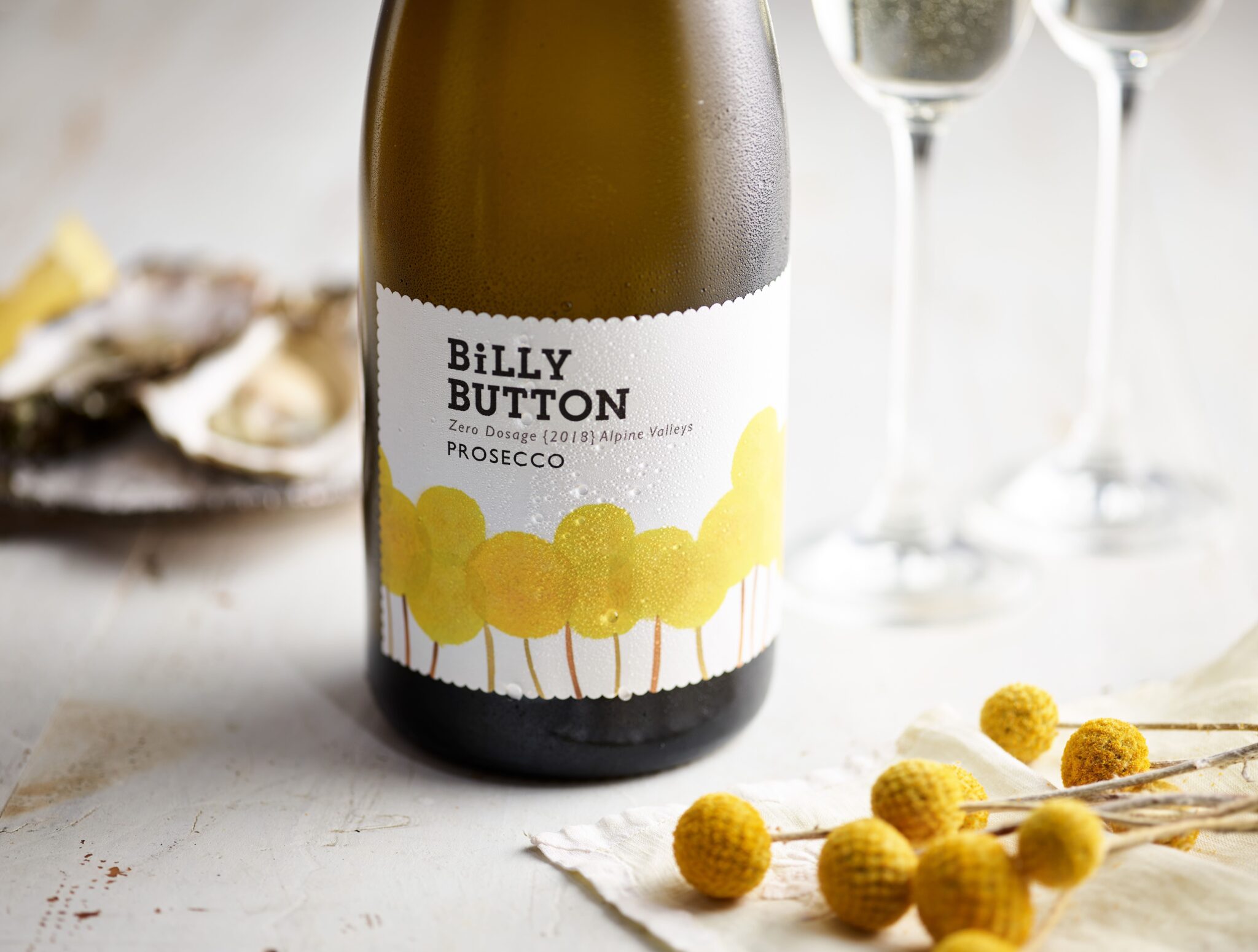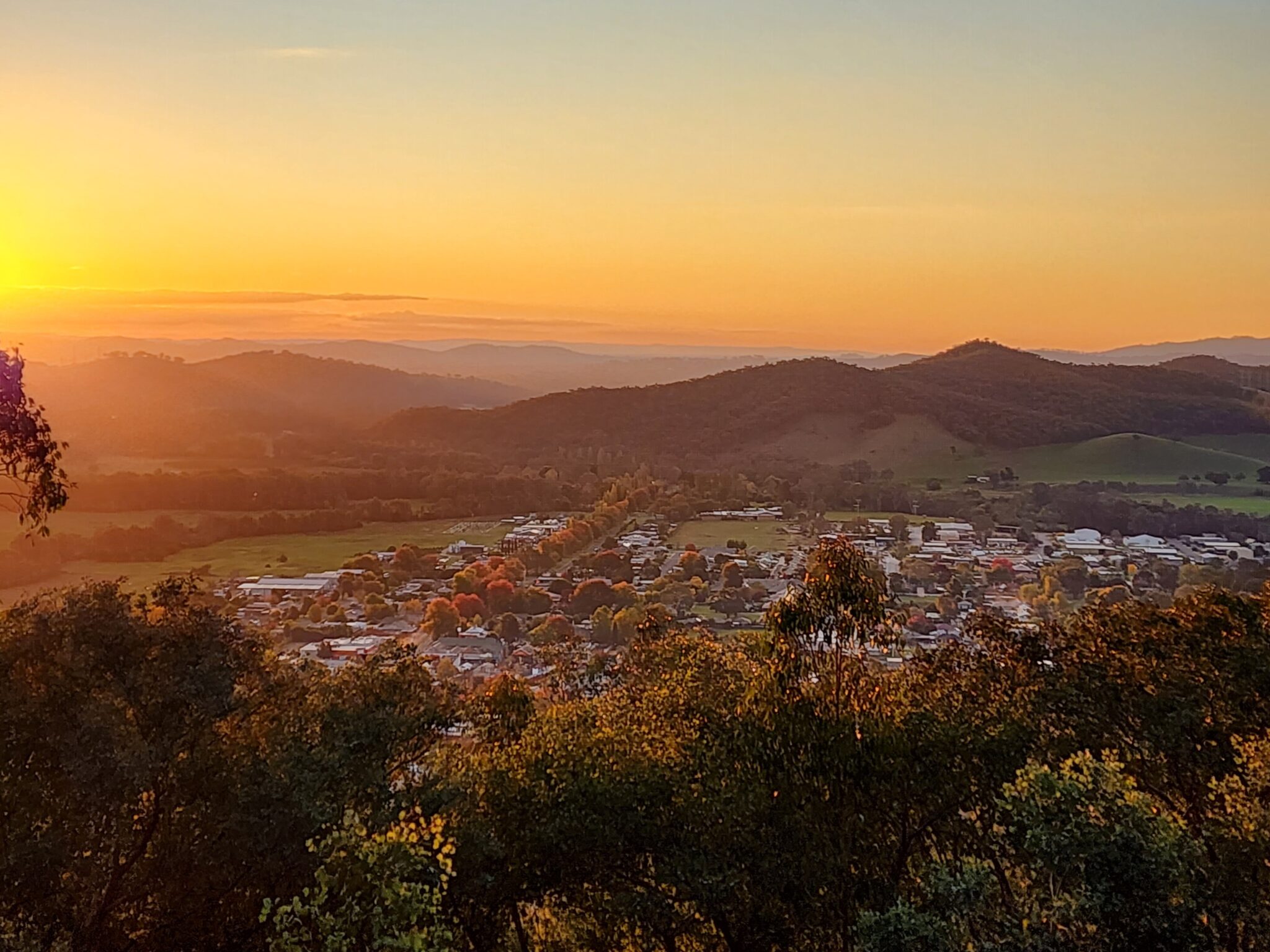Verduzzo – The white wine for those who also enjoy red!
Originally hailing from Italy, Verduzzo – ver-dootz-oh – is a uniquely textural wine that’s proving to be one of our most popular at our Billy Button cellar door. Well known in other parts of the world where there’s more than one variety, in Australia, this lesser-known white variety is simply known as Verduzzo. Read on as we teach you all you need to know about this fascinating varietal.
Where does Verduzzo typically come from?
Verduzzo is grown predominantly in North East Italy’s Friuli-Venezia Giulia region, where there are two sub-varieties of this grape. There is Verduzzo Giallo (and just to confuse things further, this is also known as Verduzzo Ramandolo) and Verduzzo Verde.
The Verde is mostly grown on flatland vineyards and used to make dry white wines, while the Giallo is best suited to steep hillsides and primarily used to make sweet wines from air-dried grapes like those in the Romandolo DOCG. The Giallo was believed to be of a higher quality and, over the years, growers in Friuli have phased out the Verde, making it far less common today.
In Australia, we believe that less than a dozen producers are working with Verduzzo. It’s mainly found in cooler Victorian regions such as the King Valley, Mornington Peninsula and Yarra Valley, and Orange in New South Wales.
What do Verduzzo wines taste like?
The most notable wines made from Verduzzo are the DOCG Ramandolo wines. They are late-harvest, dessert and passito style, which is made by drying the grapes to near raisins after they are harvested. These wines are medium bodied, deep golden in colour and powerful, with fresh floral notes and a brilliant backbone of acidity. Good vintages have the potential to age for up to four years, displaying attractive herbal and honeyed aromas as they develop.
Friuli DOC Verduzzo wines, when labelled Verduzzo, are generally off-dry and when made mostly with Verduzzo Verde, they are light with aromas of citrus and delicate florals. When Giallo is the dominant sub-variety, the wines are richer, displaying riper aromas of apricots and honey.
Dry wines are also made from Verduzzo, requiring careful consideration of its trademark tannic finish. These wines combine mouth-filling crunchy textures, with fresh-cut pear, fleshy stone fruit, layers of spice and a rich creaminess.
Food-pairings for Verduzzo
We enjoy our Verduzzo with a range of dishes, such as seafood pasta and chicken, and it even holds up to game dishes, too. Taking inspiration from its Friuli-Venezia Giulia origins, Verduzzo is also a great match for prosciutto, other charcuterie and strong cheeses.
Billy Button’s take on Verduzzo
Our winemaker Jo Marsh knew very little about Verduzzo before taking it on, but she did know the variety presented a challenge. Verduzzo is considered a rare tannic white variety, which means it has high levels of tannin – not only in the skin, but also the pulp. Most of its flavour also exists in the skin, so making this variety is a true balancing act. Winemakers need to support and make the most of the flavour in the skins without creating an excessively phenolic wine.
At Billy Button, we make a dry style of Verduzzo, with a firm structure that demands food. Often referred to as a white for a red wine drinker, it’s not for the faint hearted.
Our style shows fruit aromas of lemon citrus, hints of spice and a mineral-struck flintiness, creating a wine that pairs well with a savoury palate. This wine is all about texture, with a playful phenolic grip that stretches the length of the palate. We look for chalky tannins and a crunchy texture (think apple skins) balanced with a mouth-filling roundness from time spent on lees.
The Delinquent Verduzzo is available with a new release and back vintage, which provides an interesting look at how this wine develops with a few years in bottle.
Try our delicious Verduzzo for yourself.
Want to learn more about other varietals at Billy Button?
Here’s some more wine wisdom to explore:





